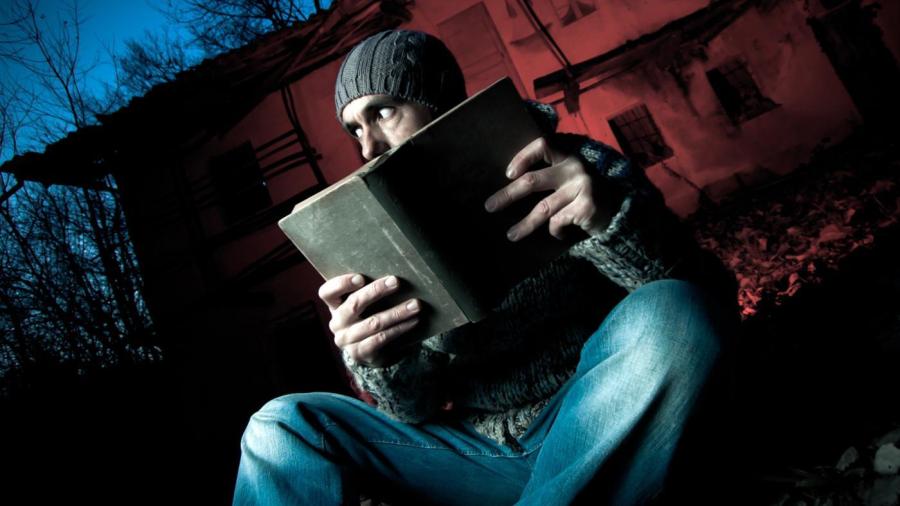What Are the Literary Elements of Horror?

Some of the literary elements of horror include mood, foreshadowing, surprise, suspense, mystery and humor. Horror stories can also use allegory and serve as moral tales or object lessons. Although most horror stories have many of these elements, not all are necessary to construct a horror story, just as not all horror stories include vampires or other elements of the supernatural.
According to horror writer C.M. Humphries, the most important element of a horror story is establishing mood, which he defines as fear. Chuck Wendig, a novelist, screenwriter and game designer, points out that a horror writer can’t assume that what frightens him is going to frighten readers, as horror is personal.
One strategy for establishing mood is to look at contemporary society for what is frightening in general – epidemic, nuclear threat, global warming – and then adapt it to a specific rhetorical strategy for telling the story.
Foreshadowing, what Humphries calls “spoilers,” helps alert readers to plot points that drive the characters through the story. For instance, if one of the characters is afraid of spiders, expect her to find spiders.
Two more elements, surprise and suspense, are closely related. Think of characters in a horror story walking through a dark old house looking for a safe exit. They’re surprised to find an unlocked door and worried that they may not get to it alive. The more the plot twists, turns and delays, the greater the opportunity to build surprise and suspense.
Most horror stories also contain elements of mystery, even if only to question how the setting of the story came about. Many contemporary horror stories also include elements of humor to give readers a break from the gruesome and to allow the writer to build suspense.





